Our guided tours provide a fascinating insight into the history, landscapes and everyday life on Madeira. Our Santana tour explores the coastal villages and river valleys across eastern Madeira.
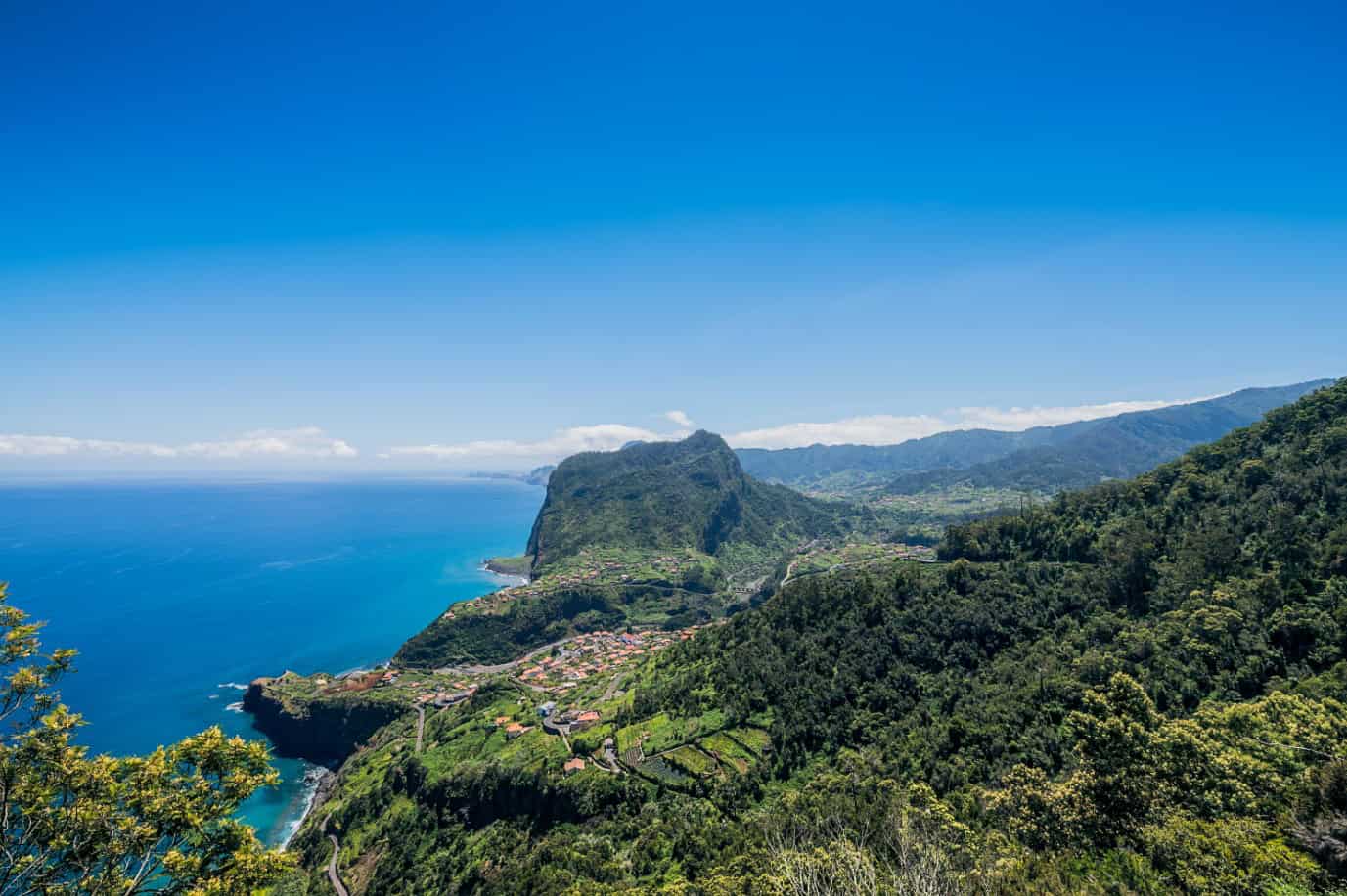
Heading upwards and inland, you’ll come to one the highest points on the island: the summit of Pico do Arieiro (1816m). Weather-permitting, you’ll have a magnificent panoramic view across Madeira’s central mountains.
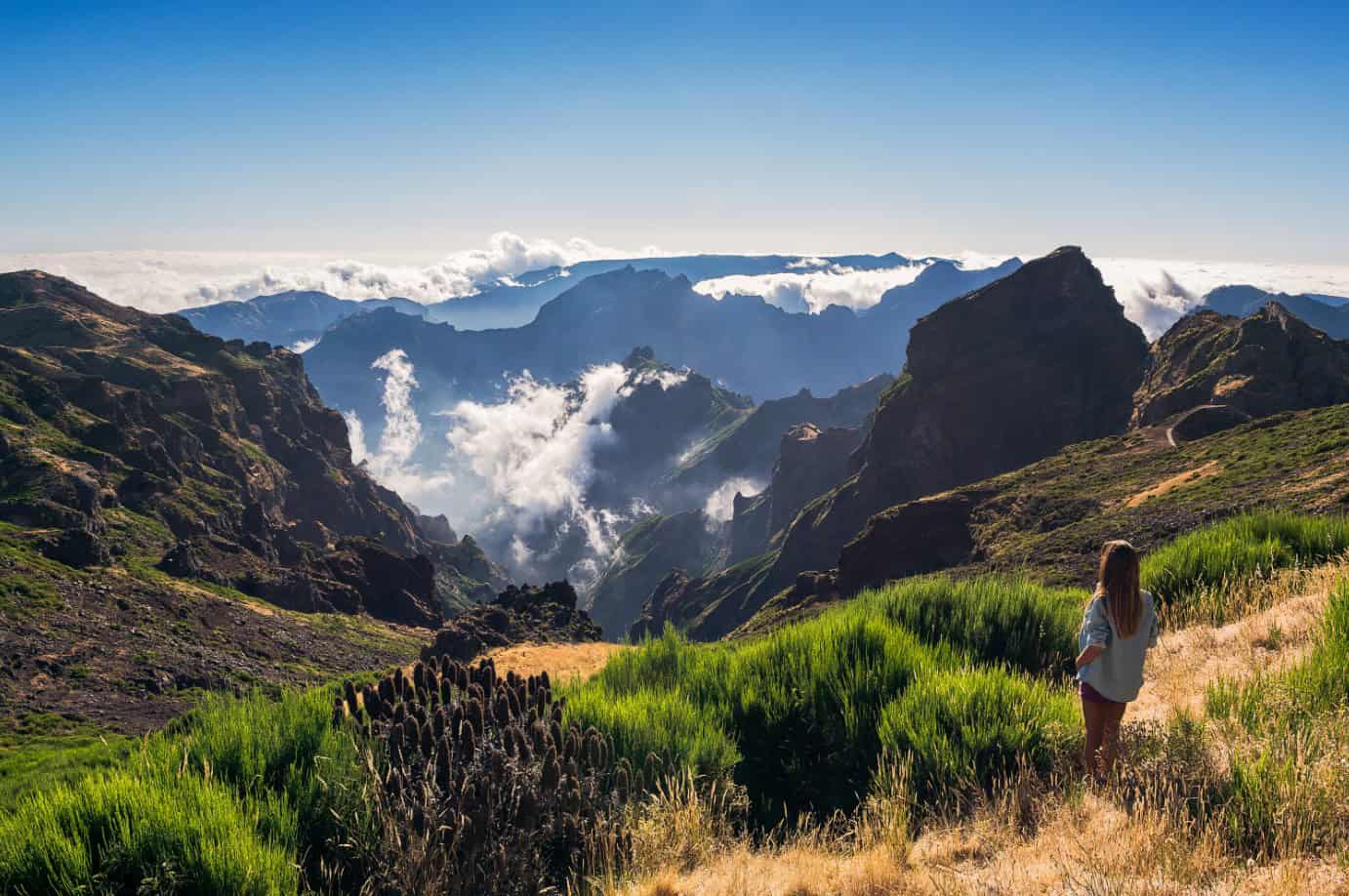
It’s a short drive from Arieiro to the forest park at Ribeiro Frio, where three of the island’s most important levadas converge: the Levada do Furado, the Serra do Faial and the Juncal – making this the ideal spot to preserve and protect Madeira’s endemic plant life. A short walk down the Levada da Serra do Faial will bring you to the famous miradouro at Balcões, overlooking the Ribeira da Metade valley.
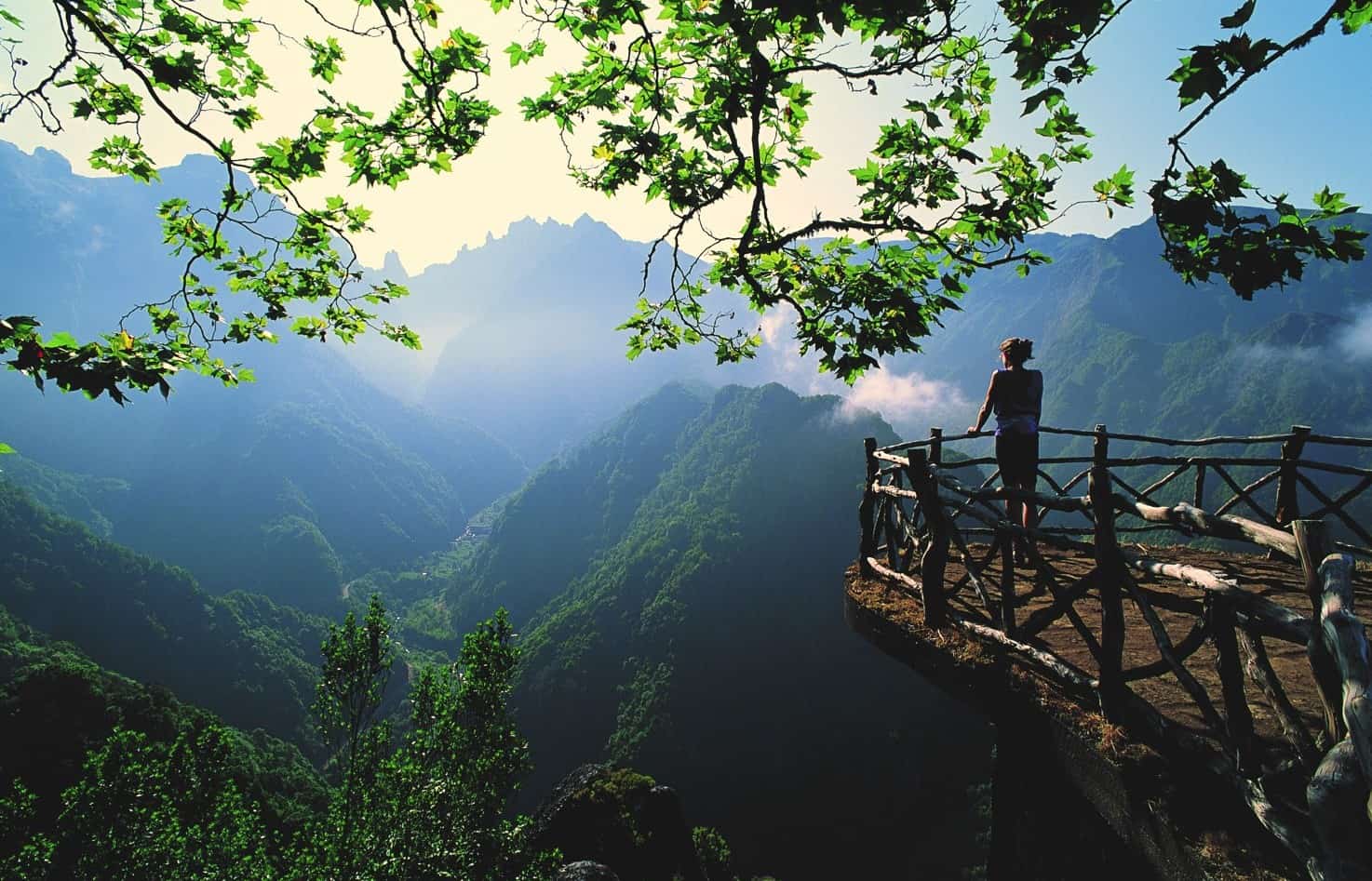
Leaving the mountains behind, the road zig-zags down through green valleys of Cruzinha to the east coast village of Faial – a good stopping point for lunch. You’ll begin the afternoon with a visit to the Casas Tradicionais in Santana – the preserved, traditional thatch-and-lavastone buildings that were once common throughout the north-east of the island.
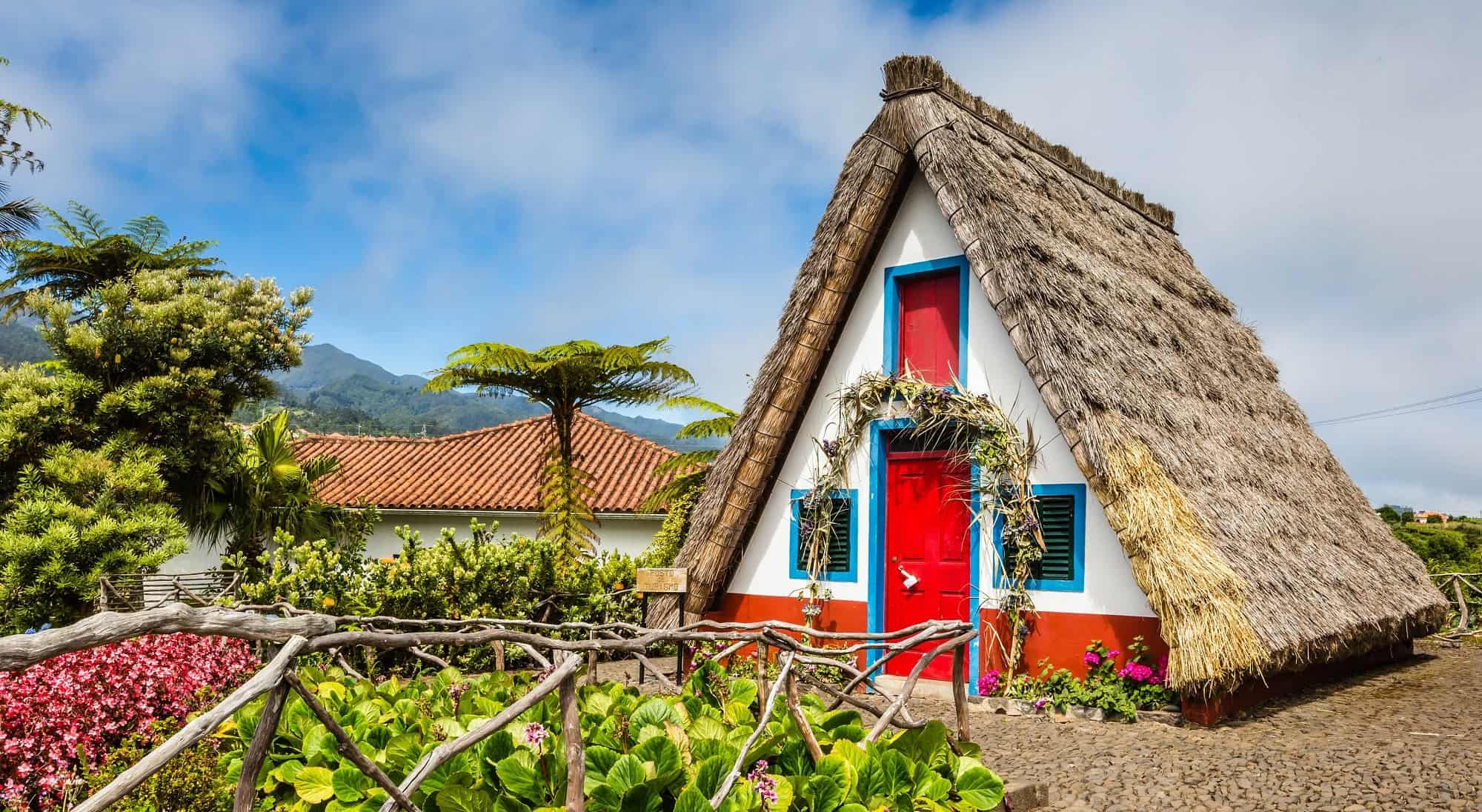
Your next stop is the village of Porto da Cruz – home to one of the island’s few surviving rum distilleries at Engenho do Norte.
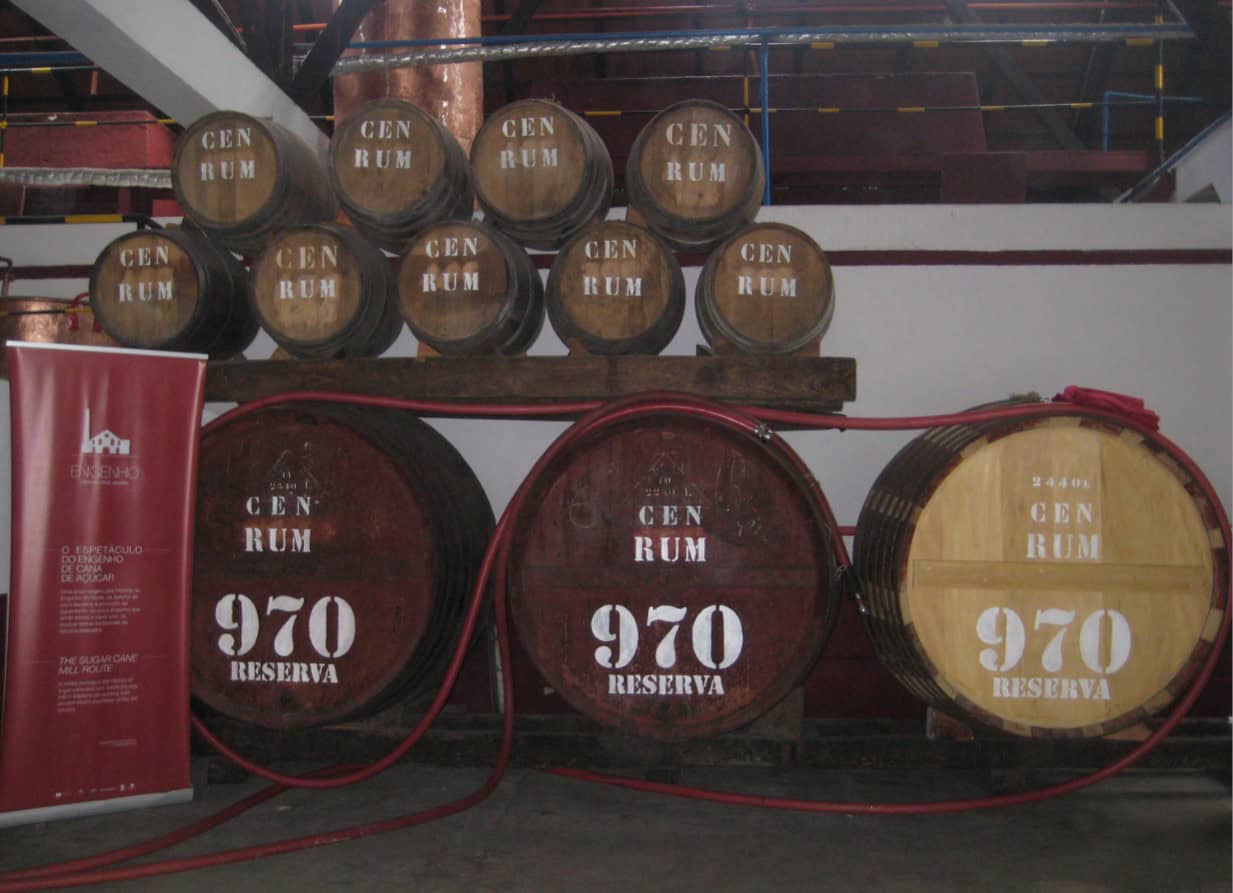
There are three Engenho’s on the island, and the distillery here in Porto da Cruz is the only one still driven by steam. One of Madeira’s best loved cakes is made from a by-product of the distillery – molasses, which is the main ingredient in Bolo de Mel, or ‘Honey Cake’ in English.
Continuing south, you’ll arrive at one of Madeira most-famous natural landmarks: the Ponta de Sao Lourenco peninsula. Whilst the majority of Madeira is green and fertile, Sao Lourenco is a beautifully-barren, desolate finger of desert terrain protruding out into the Atlantic. The peninsula provides a glimpse of a habitat less like the rest of Madeira and more common on the neighbouring Desertas Islands, which are visible to the south.
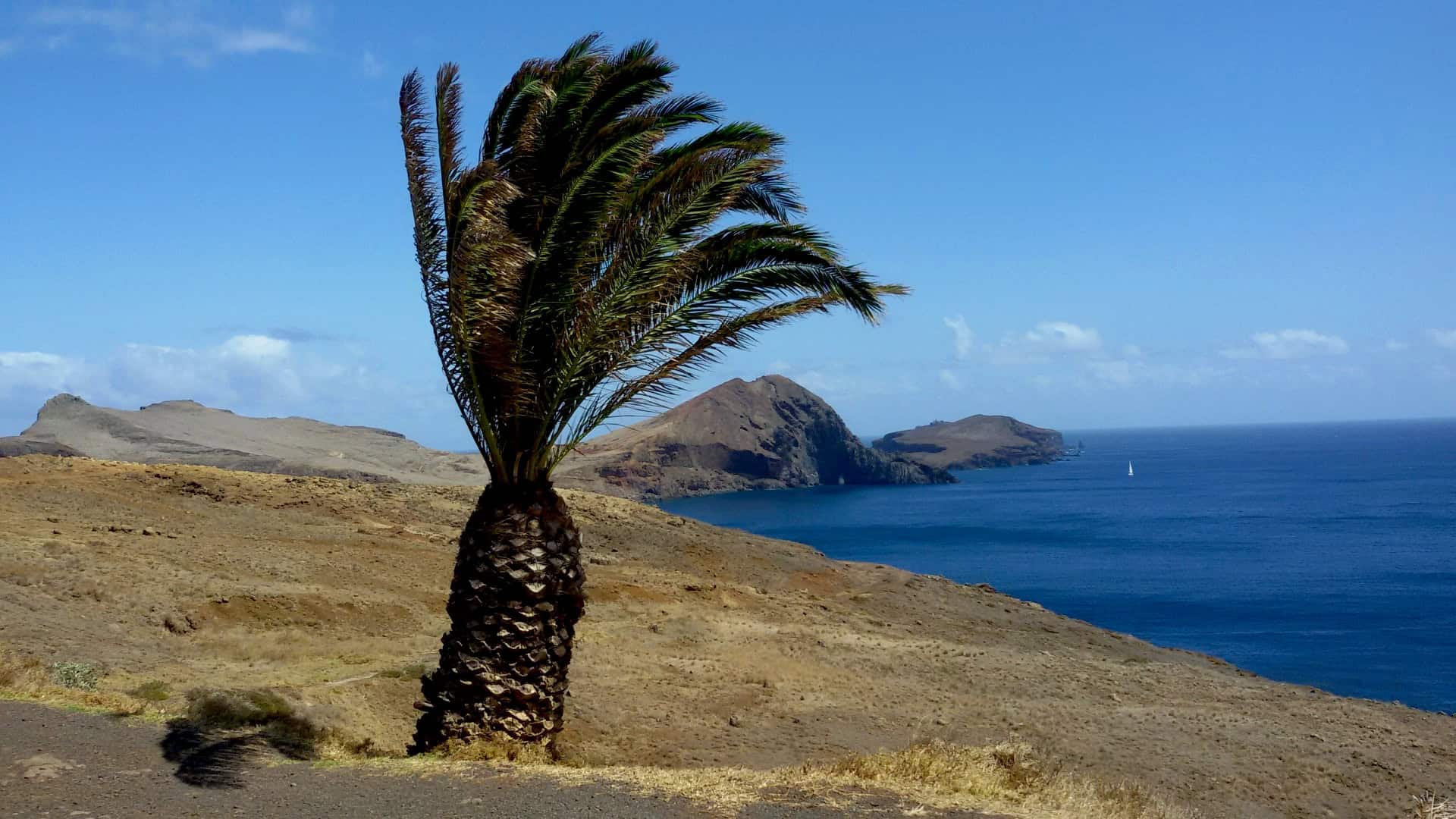
Your final stop of the day is the town of Machico, where Joao Goncalves Zarco and Trisao Vaz Texiera first landed when they (re)discovered the island on 1st July 1419.
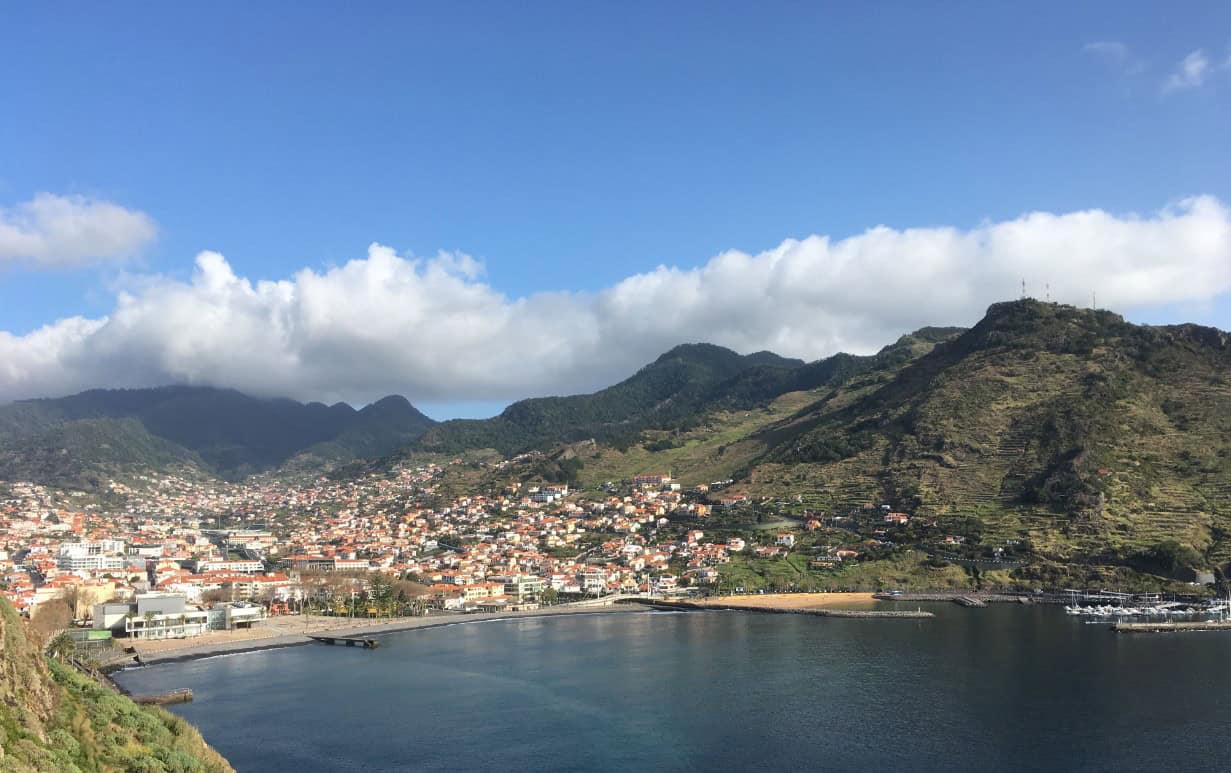
Madeira appears on maps from as early as 1339 – there’s even archaeological evidence that suggests the Vikings may have visited the island around the year 1030. It wasn’t until the mid-15th Century that the Portuguese prince Infante Henrique, (known more widely outside Portugal as Henry the Navigator), sent his captains out into the Atlantic to claim Madeira and her neighbours for the Portuguese crown.
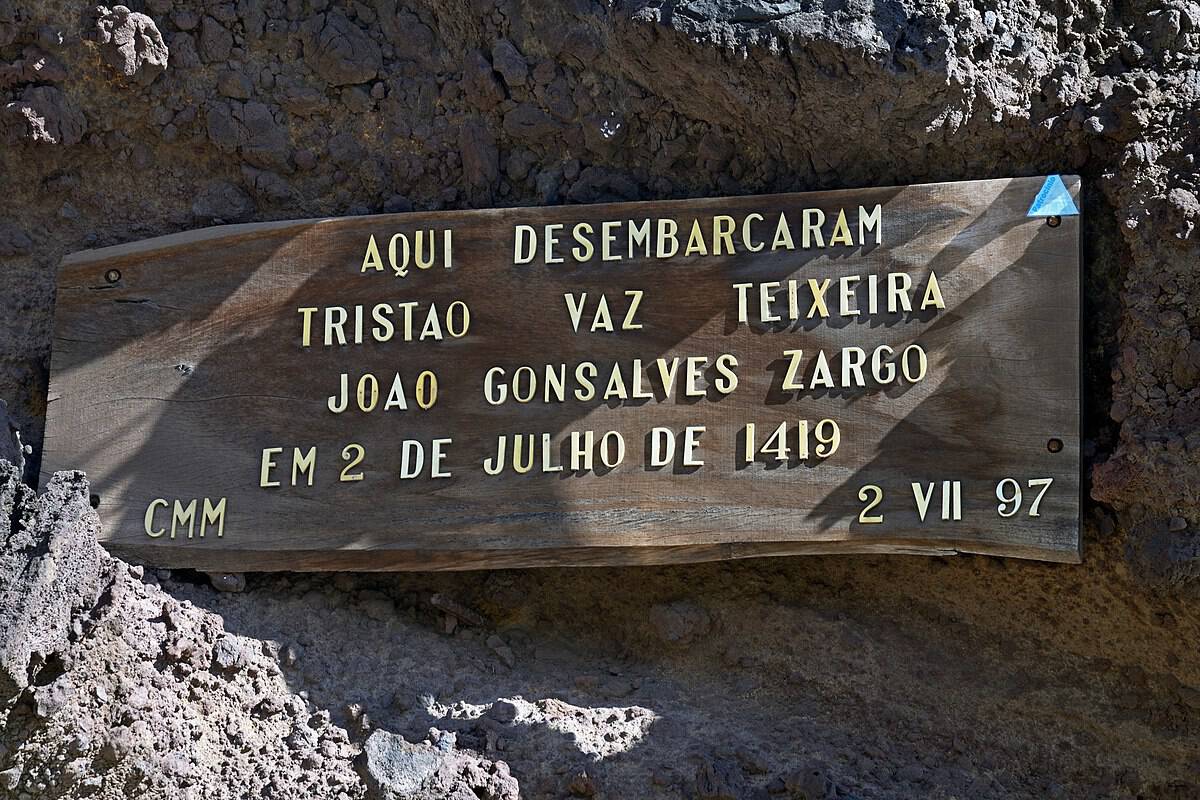








Follow us online